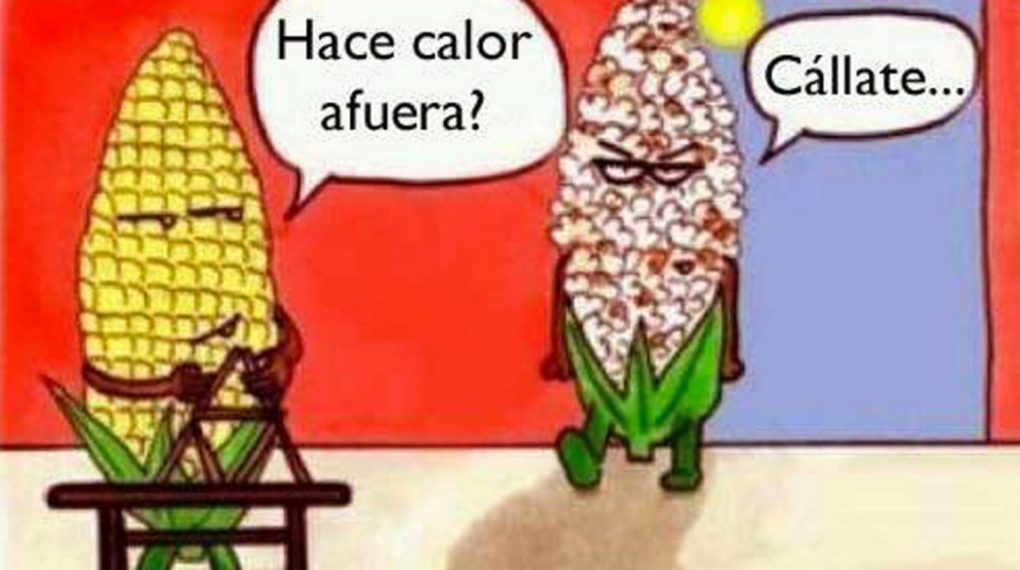A few days ago I was teaching a class about weather vocabulary in my conversational Spanish class and one of my students asked:
When do you use estar instead of hacer in Spanish when you talk about the weather?
I thought it was a great question and worthy of a blog post, so let’s get to it.
The good news is the answer is pretty simple. Hacer is only used with nouns and Estar is used with adjectives.
Let’s look at some examples.
But before we do that, let me share a some good news. You’ll only use the 3rd person conjugation when talking about the weather in the present tense, hace and está, so that pesky verb conjugation process won’t be a problem this time.
Hace calor un calor que te mueras
The heat is killing me
For the record, my translation is figurative, not literal. Think of it as a rough equivalent.
The literal translation would be: It’s so hot it kills you.
And that would sound strange in English, which is why I went with a figurative translation.
That’s an informal saying you can use to add a little pizazz to your Spanish, but for our purposes, let’s use a simpler example and take a closer look at this.
Hace mucho calor
It’s really hot.
Remember I said you can only use hace with nouns? That’s why we can’t say “está calor”, because calor is a noun.
But if we use the word “caluroso” (an adjective) we can say:
Está caluroso
It’s really hot
And just to be thorough, you can’t say “hace caluroso”, because caluroso is an adjective.
So to sum it up you can express the idea of “it’s really hot” using hace or está:
está caluroso = Hace mucho calor
Hace mucho sol hoy
It’s very sunny today
Está muy soleado hoy
It’s very sunny today
Hace viento
It’s windy
Está ventoso
It’s windy
Here’s the last example with hacer. I hope you get a few laughs from it.

Now let’s take a look at another way to use the verb estar when talking about the weather.
When you want to talk about weather that’s occurring in this very moment, you have to use está + the “ing” (gerund) form of the verb. We’ll use the verbs llover (to rain), lloviznar (to drizzle and nevar (to snow) in our examples.
Está nevando afuera, voy a quedarme en la cama
It’s snowing outside, I’m going to stay in bed
Está lloviendo bastante fuerte
It’s raining pretty hard
Está lloviznando, mejor llevas un paraguas por si acaso
It’s drizzling, you better take an umbrella just in case
And that’s it.
Hopefully this helped clear up your doubts about how to use hacer and estar when talking about the weather in Spanish.
Saludos y ¡hasta la próxima!

Comments 8
A great short and to-the-point expatiation, thank you.
Very helpful and clear explanation!
Thank you!!! I have been so confused about this.
Se dice está lloviendo con “o” no está lluviendo
Está ventoso ? Se dice hace viento.
Author
¡Hola Laura! Gracias por leer y comentar.
Tanto como “El día está nublado”, se puede decir “El día está ventoso”. Es algo que depende mucho de la región.
También hay personas que dicen “hace mucho aire”. Eso se escucha mucho en México.
Author
Uuuy es un error de teclar que no había visto. Gracias por avisarme.
You mean you can only use hacer when using a Spanish noun whether or not it translates to an English noun.
Seeing “Hace viento,” translate to “It’s windy,” gives the impression that viento means windy. That is the way many teaching methods present it and how I made it to this page.